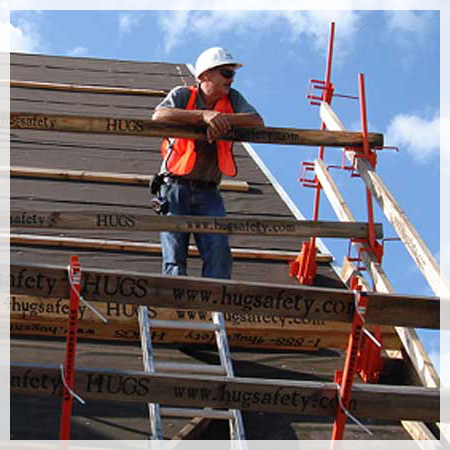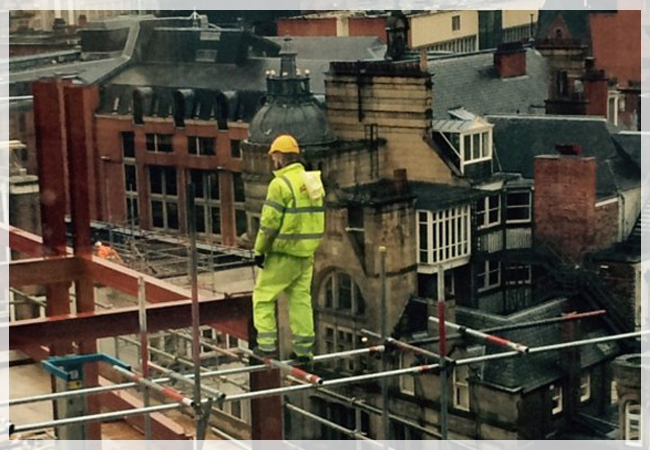Currency
April 18, 2018

Falls remain a persistent cause of work-related death, and workers in construction and oil and gas extraction are more likely than other workers to die from falling, according to National Institute for Occupational Safety and Health (NIOSH) research published in the American Journal of Industrial Medicine.

Investigators analyzed fatal falls using records from the Bureau of Labor Statistics (BLS) Census of Fatal Occupational Injuries. To estimate the rates of fatal falls in different occupations and groups of workers, they used population estimates from the BLS Current Population Survey. They identified 8,880 worker deaths from falls at work from 2003 to 2014. Most of these falls occurred in construction and oil and gas extraction when a worker fell from a higher to a lower level, rather than from falls on the same level. Most of the deaths were among men, who died from work-related falls more than 4 times as often as women. In addition, older workers were more likely to die from a fall at work than younger workers were. The highest death rate was among workers age 65 and older, although the majority of the fatal falls were among 45 to 54 year olds. The study also found differences by place of birth and race. Workers born in another country had a higher rate of fatal falls to a lower level. The highest rate of fatal falls occurred among Hispanic workers compared to white (non-Hispanic) workers.
These findings highlight the importance of collaboration to prevent work-related falls through compliance with safety regulations, prevention through design to create safe workplaces, and worker training. With the goal of prevention, NIOSH and its partners relaunched the National Safety Stand-Down to Prevent Falls in Construction this month, and NIOSH investigators continue to study where and how falls occur.

Investigators analyzed fatal falls using records from the Bureau of Labor Statistics (BLS) Census of Fatal Occupational Injuries. To estimate the rates of fatal falls in different occupations and groups of workers, they used population estimates from the BLS Current Population Survey. They identified 8,880 worker deaths from falls at work from 2003 to 2014. Most of these falls occurred in construction and oil and gas extraction when a worker fell from a higher to a lower level, rather than from falls on the same level. Most of the deaths were among men, who died from work-related falls more than 4 times as often as women. In addition, older workers were more likely to die from a fall at work than younger workers were. The highest death rate was among workers age 65 and older, although the majority of the fatal falls were among 45 to 54 year olds. The study also found differences by place of birth and race. Workers born in another country had a higher rate of fatal falls to a lower level. The highest rate of fatal falls occurred among Hispanic workers compared to white (non-Hispanic) workers.
These findings highlight the importance of collaboration to prevent work-related falls through compliance with safety regulations, prevention through design to create safe workplaces, and worker training. With the goal of prevention, NIOSH and its partners relaunched the National Safety Stand-Down to Prevent Falls in Construction this month, and NIOSH investigators continue to study where and how falls occur.









